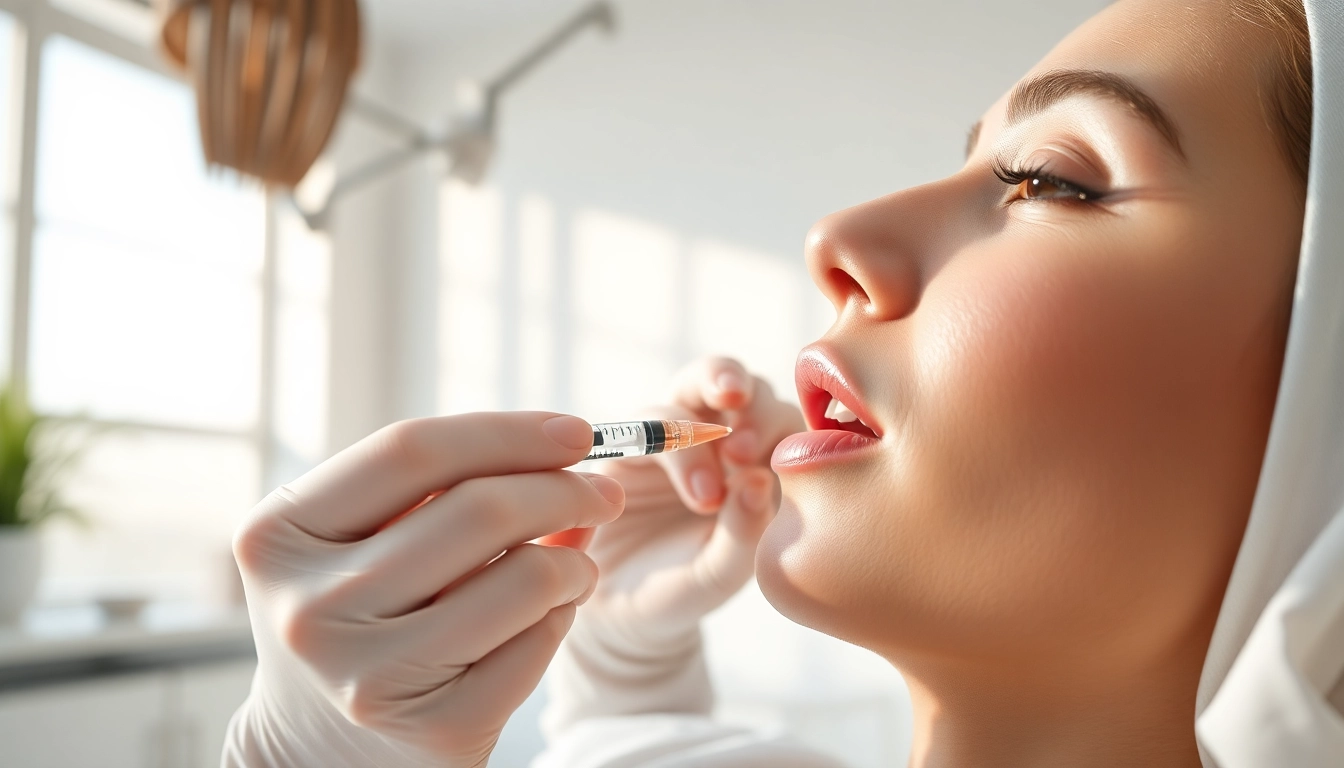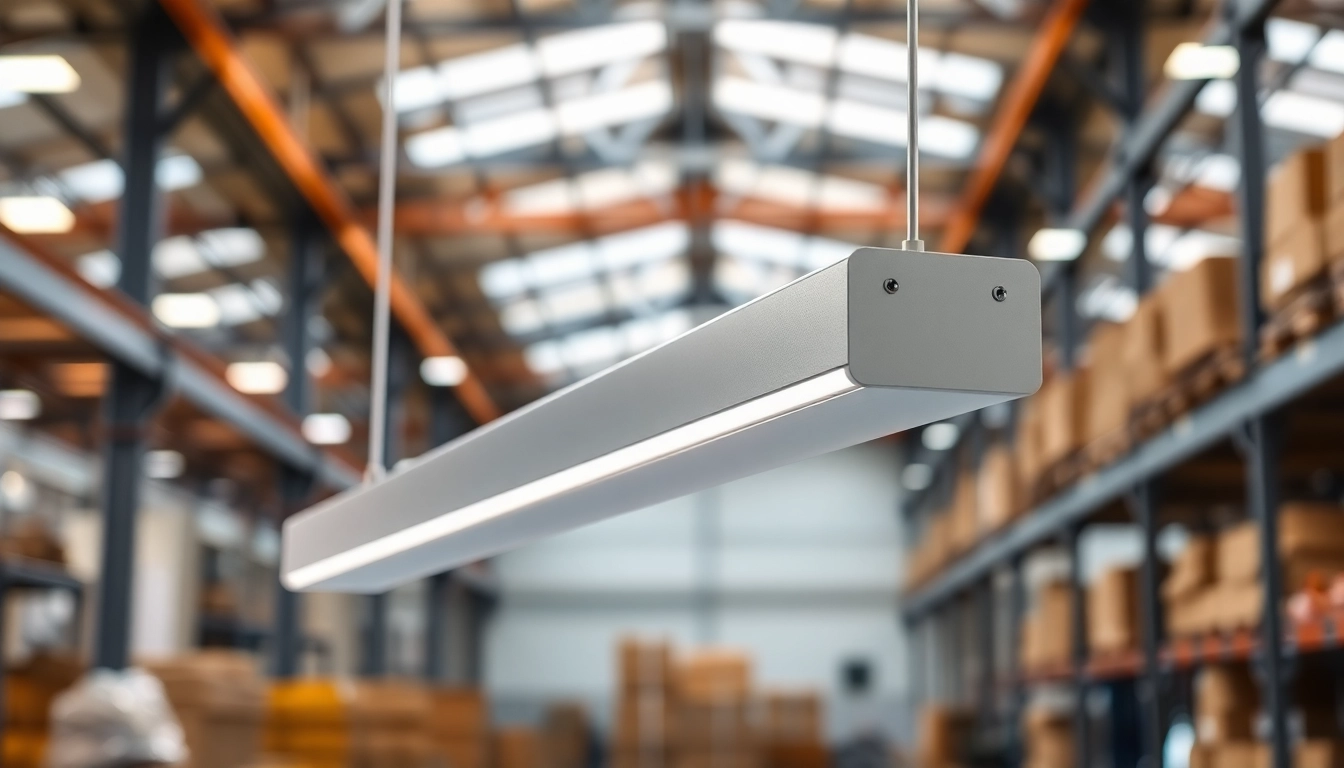
Understanding Lip Filler Basics
What is lip filler?
Lip filler refers to a popular cosmetic injectable treatment designed to enhance the volume, shape, and overall appearance of the lips. Typically made from substances like hyaluronic acid (HA), a naturally occurring sugar in the body, these fillers provide a temporary solution for those looking to achieve a plumper and more defined pout. The treatment has gained popularity due to its non-surgical nature and immediate results. Many individuals opt for lip filler to rectify asymmetries, improve lip contour, or simply enhance their overall facial aesthetics.
Popular types of lip filler
There are several types of lip fillers available, each designed with different formulations to cater to various aesthetic goals:
- Hyaluronic Acid Fillers: These are the most commonly used lip fillers. They provide a natural look and feel and can hold several times their weight in water, offering hydration and volume.
- Collagen-based Fillers: While less common today due to the success of HA fillers, collagen fillers were once the standard. They provided good volume but required skin testing and offered shorter-lasting results.
- Calcium Hydroxylapatite Fillers: These are slightly thicker and may be used if a more substantial augmentation is needed. They stimulate collagen production and can last longer than traditional HA fillers.
- Poly-L-lactic Acid Fillers: These fillers are designed to stimulate the body’s collagen production over time and are often used for gradual volume enhancement.
Key benefits of lip filler
The benefits of opting for lip fillers extend beyond just adding volume. Some of these advantages include:
- Customized Results: The ability to tailor the lip shape and volume to individual preferences ensures a unique result for every patient.
- Minimally Invasive: Unlike surgical lip augmentation, fillers provide a non-invasive solution with minimal downtime.
- Instant Gratification: Results are visible immediately after treatment, allowing individuals to enjoy their new look right away.
- Adjustable Aesthetics: If the initial results are not as desired, adjustments can often be made seamlessly in subsequent appointments.
Choosing the Right Lip Filler for You
Factors to consider when selecting lip filler
When deciding on a lip filler, consider the following factors:
- Your Desired Outcome: Are you looking for a subtle enhancement or a more dramatic change? Clarifying your goals shapes the product selection.
- Longevity: Different fillers last for varying amounts of time. Some may require touch-ups after six months, while others can last up to two years.
- Material Composition: Understand the ingredients of the filler. If you have allergies or sensitivities, discuss these with your practitioner.
- Cost: The price range for lip fillers can vary significantly based on the type and the practitioner’s expertise.
Safety and quality in lip filler products
Not all lip fillers are created equal; hence, it is crucial to prioritize safety and quality. Ensure that the filler you choose is:
- FDA-approved: Always opt for products that have received approval from health authorities.
- Purchased from reputable sources: Verify that your practitioner uses authentic fillers sourced from trustworthy suppliers.
- Administered by a qualified professional: Experience and credentials matter. Choose a practitioner with solid expertise in cosmetic injectables.
Consultation tips for lip filler procedures
A consultation is a crucial step before getting any lip filler. Here are some tips to maximize your appointment:
- Prepare Questions: Inquire about the types of fillers available, their respective benefits and drawbacks, and the expected outcomes.
- Be Honest About Your Medical History: Share any allergies, medications, or previous cosmetic procedures with your practitioner.
- Visualize Outcomes: Bringing reference photos can assist your practitioner in understanding your aesthetic goals.
- Discuss Concerns: If you’re anxious about the procedure or have particular concerns, voice them during the consultation.
The Lip Filler Procedure Explained
Step-by-step overview of the lip filler process
The process of receiving lip fillers is straightforward and generally consists of the following steps:
- Consultation: In detail, the practitioner discusses goals, assesses lip anatomy, and designs a treatment plan.
- Cleansing: The lip area will be cleansed thoroughly to minimize the risk of infection.
- Application of Anesthetic: To ensure comfort, a topical anesthetic or ice packs may be applied to the lips.
- Injection: The filler is injected into designated areas using a fine needle. Techniques may vary to enhance volume or contour symmetrically.
- Post-procedure Instructions: The practitioner provides guidance on aftercare to maintain optimal results.
Anesthetic options for lip filler applications
To alleviate discomfort during the procedure, various anesthetic options are available:
- Topical Anesthetic Cream: Most commonly used; applied directly to the lip area about 30 minutes before the procedure.
- Ice Packs: Cold compresses can numb the area effectively, reducing sensitivity during injections.
- Infiltrative Anesthetics: Some practitioners may use small amounts of local anesthesia injected into the lip, ensuring less pain during the procedure.
What to expect during the treatment
During the treatment, clients may experience:
- Minimal Discomfort: Due to anesthesia, the pain should be limited. Some individuals compare it to a quick pinch.
- Swelling: Mild swelling may occur shortly after the injections, which typically subsides within a few hours to a few days.
- Immediate Results: Patients can visually assess their new lip volume right after the procedure, but final results may settle over a few days.
Aftercare Tips Following Lip Filler
Immediate post-treatment care
Proper aftercare is essential for achieving optimal results. Here are immediate post-treatment tips:
- Avoid Touching: Hands should be kept off the lips for 24 hours to minimize infection risk.
- Cold Compresses: Applying ice packs periodically can help reduce swelling and discomfort.
- Stay Upright: Keeping your head elevated can prevent prolonged swelling.
- Avoid Strenuous Activities: Refrain from exercise and intense physical activities for the first 24 hours.
Long-term maintenance for your lip filler results
Maintaining your lip filler results can include the following strategies:
- Regular Touch-ups: To keep the desired volume, schedule appointments as needed, typically every six months to a year.
- Hydration: Drinking ample water helps maintain skin elasticity and can prolong the fullness of fillers.
- Use of Lip Balm: Moisturizing products prevent dryness, ensuring your lips remain supple and healthy.
- Avoiding Direct Sun Exposure: Prolonged sun exposure can break down fillers more quickly, so always use SPF lip products.
Common side effects and how to handle them
While most are temporary, some common side effects may include:
- Swelling and Bruising: These are expected post-treatment. Applying cold compresses as needed can alleviate discomfort.
- Redness: Minor redness at injection sites is normal; this usually resolves within a few hours.
- Asymmetry: If visible, this is often correctable in follow-up visits. Observing initial swelling decreases will help gauge final results.
- Allergic Reactions: While rare, if you experience sudden itching, swelling, or rash, seek medical attention immediately.
Incorporating Lip Filler into Your Beauty Routine
Combining lip filler with other treatments
Many individuals often consider lip fillers as part of a broader beauty regimen. Commonly combined treatments include:
- BOTOX: Using BOTOX around the mouth can help minimize fine lines, complementing the volumizing effects of lip fillers.
- Facial Fillers: The aesthetics of the lips may be enhanced further by using dermal fillers in other facial areas.
- Skin Treatments: Treatments like chemical peels or microneedling can improve lip texture alongside fillers.
Makeup tips to enhance lip filler results
Once you’ve received lip fillers, you’ll want to maximize your results with effective makeup techniques:
- Choose the Right Liner: A nude or slightly deeper pink lip liner can beautifully define your lips without overpowering their new shape.
- Matte Lipsticks: Opt for matte formulations to showcase the fullness of your lips, preventing any shift in product placement.
- Gloss for Volume: A dab of lip gloss on the center of the lips can create an illusion of even fuller lips.
- Skip Excessive Overlining: While subtle overlining is acceptable, aggressive techniques can detract from the finesse of professionally filled lips.
When to consider touch-ups or adjustments
It’s essential to monitor how your lips settle post-treatment. Consider scheduling a touch-up if:
- Volume Decrease: If you notice significant loss of fullness, a touch-up may restore desired results.
- Uneven Appearance: If asymmetry becomes apparent as swelling reduces, adjustments can be conveniently addressed.
- Date-Specific Events: Schedule touch-ups before events to ensure your lips look their best on special occasions.







